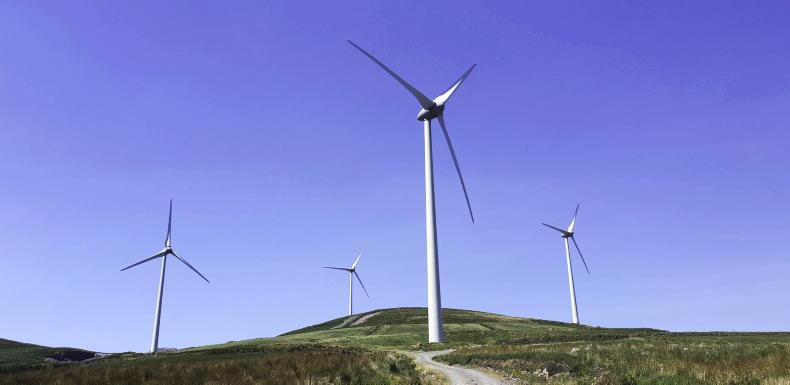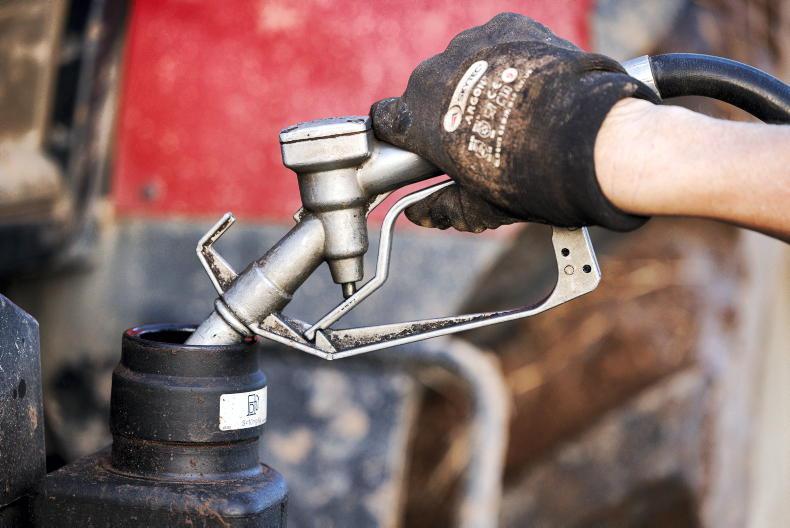Energy-related carbon emissions rose 5.4% in 2021, according to figures from the Sustainable Energy Authority of Ireland (SEAI).
The increase in emissions was recorded despite the Government having committed to reducing Ireland's CO2 emissions by 4.8% per annum from 2021 to 2025.
Last year was the first year for our legally binding carbon budgets to come into effect.
The figures, contained in the SEAI’s annual energy audit, cite a rebound in car use after the lifting of COVID-19 restrictions as a significant contributor to Ireland’s increased emissions.
Renewable energy
Increased energy demand, combined with modest delivery of new renewable capacity, and a low wind year resulted in Ireland’s renewable energy share remaining unchanged since last year, at just 13.6%.
The low wind year resulted in more use of coal and oil in electricity generation to meet requirements, further adding to emissions levels.
Complete opposite direction
Commenting on the energy balance data, SEAI director of research and policy insights Margie McCarthy said: “Overall, the energy balance shows us that in the first year of our legally binding carbon budgets, we have seen emissions trending in the complete opposite direction of where we need to be.
“This means we have used a disproportionate amount of our carbon budget in 2021, which results in future years being even more challenging. In addition, looking at the early data from 2022, this trend is worryingly continuing,” McCarthy stated.
Renewables v gas
A notable positive in the report was that 2021 was the first ever year that Ireland’s indigenous production of renewables was higher than our indigenous production of natural gas.
The SEAI also recorded a significant rise in electric vehicles on Irish roads and over 11,000 homes receiving Government grants for home energy upgrades, contributing to a 4% reduction of energy demand in that sector.
However, at the same time, over 700,000 homes remain on oil for heating.









SHARING OPTIONS